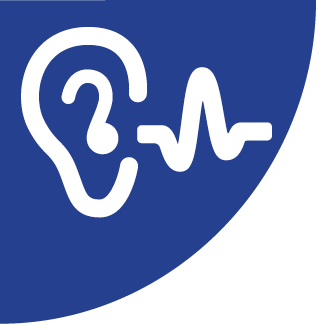NEWSWATCH
NOISE

NIOSH Recommends Controls to Protect Orthopedic Surgeons from Noise Exposures
A recent NIOSH report details the agency’s evaluation of noise exposures among operating room employees during total knee replacement surgeries at a hospital. The evaluation was completed at the request of employer representatives who were concerned about the potential of noise-induced hearing loss among surgical staff. On one of the two days that NIOSH staff monitored noise, one surgeon’s personal noise exposure exceeded the NIOSH recommended exposure limit (REL) of 85 dBA as an 8-hour time-weighted average (TWA). Personal noise exposure measurements for the other surgeons and surgical staff were below all OELs, including OSHA’s noise exposure limits: a PEL of 90 dBA and an action level of 85 dBA, both as 8-hour TWAs.
According to the report’s authors, the use of pneumatically powered surgical tools—saws and drills—and hammers were the primary noise sources in the operating room. Other sources of noise included placing or moving surgical equipment and tools on metal surgical trays, noise from vital signs monitors, anesthesia equipment, background music, and talking. The surgical staff did not wear hearing protection devices, though one employee reportedly used pieces of paper that had been rolled into balls and inserted into the ear canals as protection against noise exposure.
“On the basis of our noise measurements and our estimates of potential noise exposures, surgeons’ noise exposures may exceed the NIOSH REL, depending on surgery length, shift length, and number of surgeries in a shift,” the authors conclude. “Surgeons can reduce their risk of hearing loss by using flat attenuation ear plugs or noise cancellation earmuffs.”
The full report, including a summary of the personal noise exposures recorded by NIOSH, is available as a
PDF
on the agency’s website.
